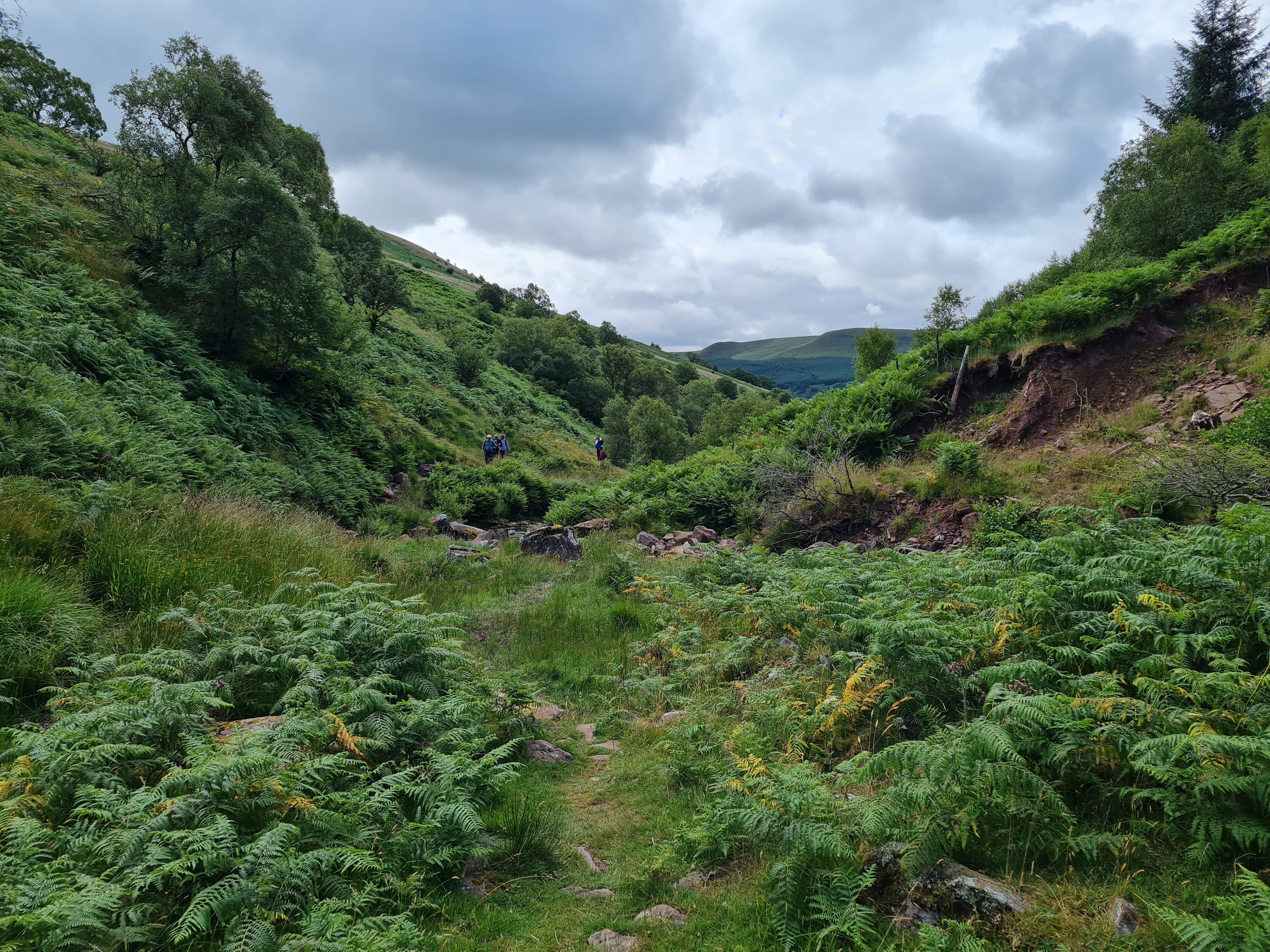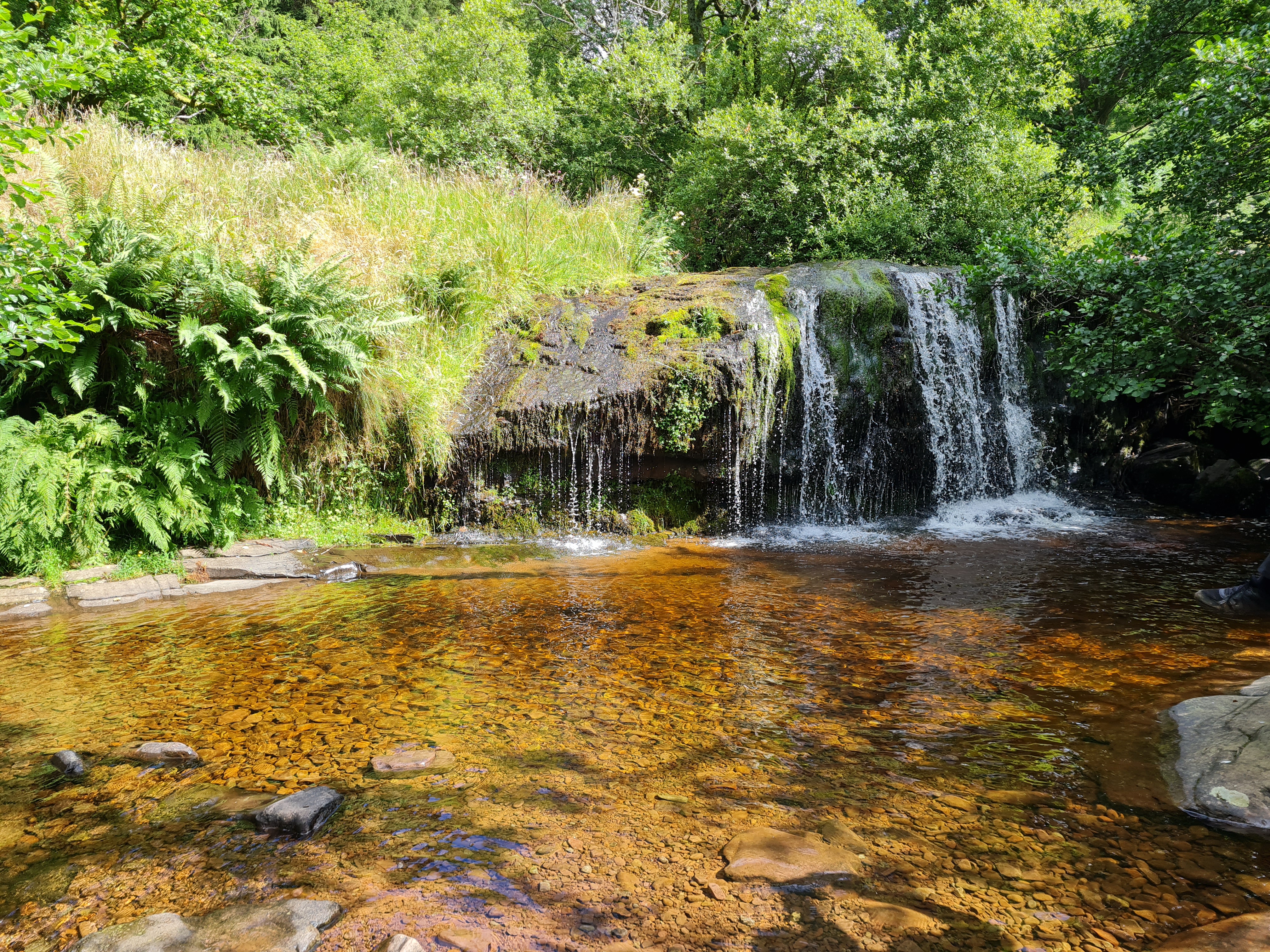On the 18-19th of June 2025, members of the Centre gathered for our annual field trip, which took place in South Wales in glorious sunshine. Our first stop was the Big Pit National Coal Museum in Blaenevon, a former working coal mine that was transformed into an industrial heritage museum in the early 1980s. We began our visit with one of the Museum’s Underground tours, donning hard hats and removing all devices (including wristwatches – there is no time in the mine!) before descending 90 metres below ground in one of the original working lifts.



Andre, our tour guide, led us through the network of mines, explaining the system of doors designed to create air flow and prevent miners from suffocating. He invited us to experience the total darkness that the children working in the mine would have been subjected to daily. And he showed us the stables where the horses lived for all but two weeks of the year, when they were taken up to the surface, blindfolded, to prevent eye damage, before the layers of their blindfold were slowly removed, hour by hour, until nightfall.
From the cool darkness of the mine, we ascended to scorching heat, and to the heights of a coal spoil-tip, where we met up with entomologist and founder of the Colliery Spoils Biodiversity Initiative, Liam Olds. With his nets and vacuum (a cleverly-customised leaf blower), and assisted by eagle-eyed members of the group, Liam introduced us to various insects and plants. Many of these species are rare or endangered, and are flourishing as a result of the ‘mosaic of habitats’ created by the coal spoils, which are formed of the waste materials extracted from the mines.



Liam showed us the bilberry bumblebee with its stylish yellow collar, delicate fairy flax, snail killing flies (!), and reindeer moss. We also learned about the vital work Liam is doing in ensuring that these rich sites of biodiversity are conserved and protected, and you can read more about this here. You can also read about Liam’s work in CEH member Michael Malay’s book Late Light, in the chapter on crickets.
From Blaenevon we travelled on to Bannau Brycheiniog to the YHA Danywenalt in Talybont-on-Usk, where we continued the day’s conversations in the evening sun.

The next morning, we headed into Talybont forest for the Blaen-y-Glyn waterfall walk, and as the temperature edged towards 30 degrees we found a perfectly sized swimming spot to cool off in. As with yesterday’s activities, we found ourselves cooling and heating, descending and ascending.



Field trips lie at the heart of our identity as a Centre – it is here we form our strong sense of community, have inspiring conversations that enrich our work as individual researchers, and plant the seeds of future research projects and collaborations. Gathering together at all career stages, from postgraduate taught students to senior professors, we learn a great deal from one another, and from the people and places we visit.

– Rachel Murray, CEH Events Officer and Lecturer in Literature and the Environment
Image credits: Marianna Dudley, Mingcan Rong, Rachel Murray







